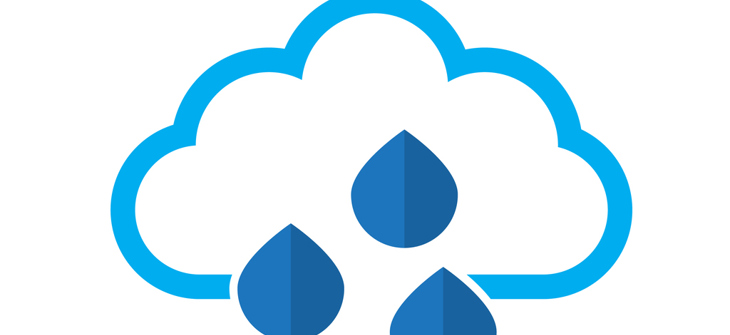
Streaming Stormwater Data
The Power of Streaming Stormwater Data for Improved System Monitoring
Early in my stormwater monitoring days, even though I had access to high-end automated samplers, flow meters, and data loggers, transferring said data required a manual download to a laptop with a serial cable port. Also, my colleague John and I had to print out actual maps to find the monitoring sites. Naturally, this is unthinkable today, thanks to the technological revolution that has seen American smartphone ownership increase by 50% over the last decade, from 35% to 85% (https://www.pewresearch.org/internet/fact-sheet/mobile/). The impact of real-time data measurement and access is evident across many industries, and stormwater management certainly stands to gain from these types of applications.
In the runoff volume control and flood management sector, continuous monitoring and adaptive control systems use actuated valves in combination with level sensors and a communications interface to optimize storage in detention systems such as ponds or subsurface galleries. In anticipation of heavy rainfall events, system managers can remotely open these valves to release currently detained water, freeing additional storage volume for the runoff to come. These applications are particularly useful for retrofit applications or undersized systems in highly developed areas. As the effects of a changing climate alter regional hydrology and increase rainfall intensities, activated hydraulic controls should prove increasingly helpful to municipal resiliency strategies.
On the water quality side, real-time water quality sensors ranging from simple pH meters to complex, multi-parameter sondes are making advancements in stormwater applications. The low cost of data storage and transmission helps offset the capital expenditure of the instruments. In industrial or TMDL applications where specific effluent concentration limits are targeted, real-time sensors can offer valuable insight into the effectiveness of source control and treatment practices. This insight does not necessarily translate into compliance, however. Some permits require specific analytical methods to be followed—a real-time nitrate concentration measured via an optical device, for instance, may not substitute for an actual required grab sample under a typical industrial permit. There may also be less need for this data in typical municipal stormwater systems, where water quality goals are historically tied to sediment removal and permit compliance is on a presumptive basis.
Perhaps the component of stormwater management that has the most to gain from real-time data applications is maintenance. In urban areas with disconnected structural BMPs such as filtration systems, remote access to current operational information can reduce inspection costs and improve asset management strategies. All stormwater filters, from horizontal sand filters and bioretention systems to cartridge or membrane-based media filters, require an operational driving head, typically designed as a ponding depth. This ponding depth, paired with the specific hydraulic capacity of the media and the volume of runoff, should decrease after a predictable period as the storm event subsides. Using simple float switches or level sensors in conjunction with local rainfall measurements, a system operator can remotely track the drain down time to confirm that the system is functioning as designed. Extended periods of ponding within the system are likely indicative of reduced hydraulic capacity due to occluded filtration media, and a follow-up inspection or system maintenance can be scheduled.
The growth trend in telecommunications is not slowing down. As data transmission becomes faster and cheaper, expect to see more smart applications in stormwater infrastructure. Besides, who even remembers what a serial port looks like?
